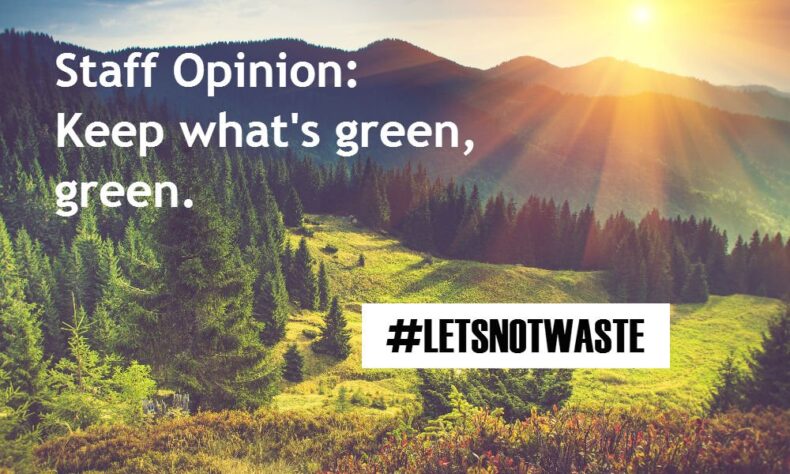Spud vs. Traditional Grocery Store: We asked Carla Pelligrini the director of Food Stash Foundation…
Our Alberta Customer Care Team Leader brings up an interesting point on space waste. Ever think about the amount of land and energy a supermarket uses? Read below.
We’ve been thinking a lot about reducing waste at Spud recently. We know that by using Spud.ca to buy groceries we save time (no more traveling to and from the grocery store, wandering around the grocery store trying to remember what you normally eat, waiting in line to pay); gas (instead of each person driving to and from the grocery the grocery store, one truck – or trike!- delivers to the whole community); even money and calories (supermarkets are designed to make you buy stuff you don’t need – there’s a legit science to it).
We also know Spud wastes way less food than a supermarket, and as we’re hearing that Canadian’s waste 31 billion dollars worth of food a year, that’s a big deal.
But a recent CBC article on how downtown Edmonton and Calgary are underserved by supermarkets made me realize that Spud can also help reduce wasted space.
Think about it – Spud serves British Columbia from Pemberton to Hope from a single warehouse in Vancouver and from Sooke to Nanaimo from one on Vancouver Island. One warehouse in Edmonton reaches customers from Leduc to Fort Saskatchewan, and one in Calgary reaches from Okotoks to Airdrie, even all the way to Canmore. Considering how many people they feed, those warehouses have a tiny footprint.
Supermarkets, on the other hand, are increasingly huge. In their annual report, Loblaw Companies Limited (Canada’s largest food retailer) revealed that their average store size has grown year over year. In 2015 the average size of a Loblaw’s store (which includes Superstore, SuperValu, Extra Foods, T and T Supermarket and No Frills among others) was 60,400 square feet – bigger than a football field. Research has shown that crowding in grocery stores has a negative impact on shopping experience, so we can only expect that size to continue growing as the population increases.
Especially in cities, space is at a premium. With this in mind, does it make sense to build sprawling grocery stores when people can get higher quality, cleaner, fresher food from Spud? Think of all the better ways that 64,000 square feet could be better used!




